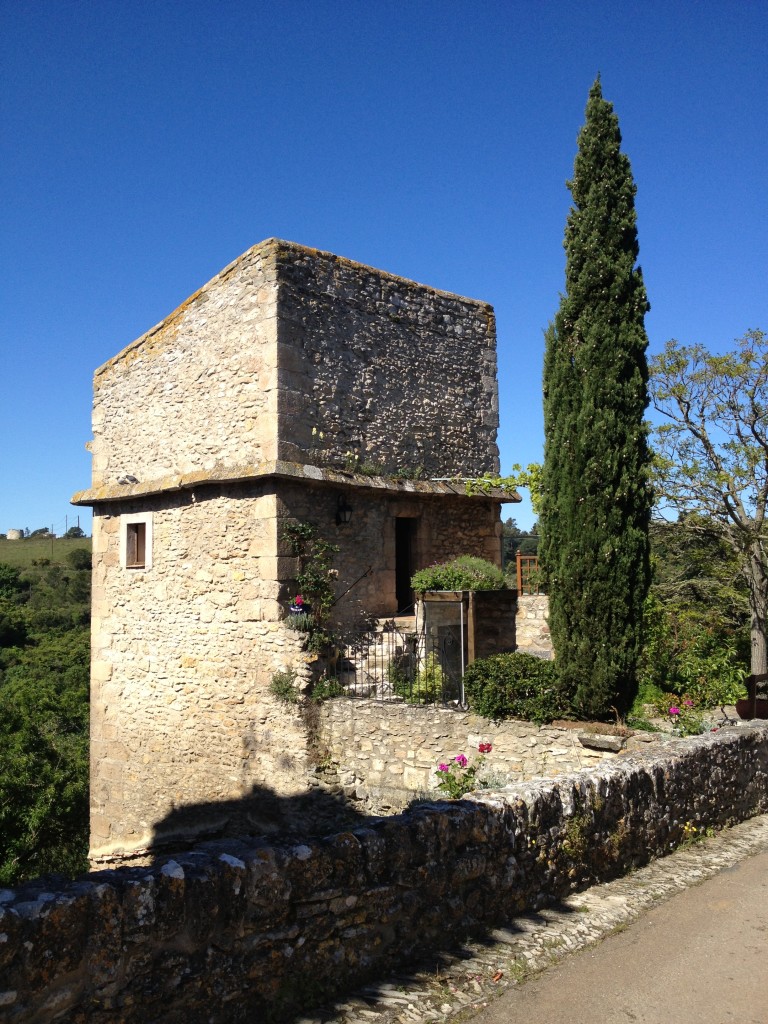
Magickal Pursuits in the Ancient World
The age of Classical Antiquity is where the history of Western culture is first inscribed with the permanence of writing. The discovery of the 2,000 year old Magical Papyri in the late 18th through early 19th centuries revealed records of the spells, potions, and practices used by the Greco-Roman sorcerers of Egypt to confront the challenges of daily life at the dawn of Western civilization. Spells of protection, divination, healing, and prayers for self-improvement are all described as they were practiced by people who lived before Christianity was born. Even before that, the Classical and Hellenistic Greeks mused over the spark of modern high magick and occult practices with the art of “theourgia”, or “theurgy” (Russell 29). This is a highly ritualistic effort to unite with a god and achieve spiritual perfection or received knowledge, and will be a topic that we discuss more in depth as we approach the 19th and 20th century occult movement. Although this technique of magickal congress with god was eyed with some suspicion in Greek society, it was nonetheless utilized by some forms of organized religion in specific, controlled situations. At the Oracle of Delphi the priestess, or Pythia, would become possessed by Apollo, and her ecstatic prophecies were delivered in the first-person as if from the lips of the god himself (Cavendish 2823). This invocation of the god constitutes a theurgic magickal variant of divination. Allowing the mind of the god to enter your mind reveals knowledge and foresight. The Oracle was used by heads of state and great thinkers alike. The Pythia was feared and respected, unlike many of her later descendants who practiced such rites.
The Dionysian Maenads were feared for other reasons, but garnered less respect. Their frenzied rites included intoxication, manic dancing, and the bare-handed slaughter of sacrificial animals. They served to bind the revelers to the god in an intimate and euphoric experience for its own sake rather than for the purposes of oracle or healing. The Maenad’s reputation of nocturnal gatherings for moonlit blood rites and sexualized adoration of a phallic fertility god would become the core template for many of the wild tales of witch cults and covens of later centuries. These kinds of rites were not new to humanity; voluntary possession and direct ecstatic communion with the divine are seen around the world in shamanistic and spiritual traditions. However, the techniques the Greeks documented and the Romans later elaborated on would eventually become the core for many modern Western occult and esoteric movements, as well as having an influence on how future Western cultures perceived and treated the archetype of the sorcerer and the witch. The overlay of local cultures would give each region its own flavor of witchcraft, but much society’s reaction from the Middle Ages on could be found in the Roman influenced Catholic church.
Participation in public ritual was a lynchpin in the social indoctrination of Roman society, and sorcerers divided that loyalty. If prayer and sacrifice to the established Roman deities couldn’t get you what you wanted, taking your business elsewhere might. Controlling the participation of the citizenry in theurgical and magical rites became crucial to the survival of the status quo. In 186 BCE, the Roman senate strove to ban private participation in the rites of Bacchus, the Roman variant of Dionysus (Evans 112). Predominately the domain of women and what was viewed as the “feminized” man, the cult of Dionysus was comprised of the more marginalized members of Roman society who worshiped a mad, eroticized god imported from another land (most likely Etruscan). This “outsider” reputation made them a prime target for a witch hunt, as witnesses could be bribed into placing political opponents at the scene of blood-soaked orgies and human sacrifice. Adherents were frequently put to death or imprisoned with little to no evidence as to their involvement in what were usually manufactured crimes. This is one of the first recorded instances of a good old-fashioned witch hunt on the European continent, and as Christianity gained a foothold in the Roman Empire, the distrust of those who practiced magick only increased.
In a society as prone to patriarchal authoritarianism and paranoia as Roman society was, non-sanctioned practitioners of magick were viewed as wild cards. Their preternatural rites stood as a threat to the establishment, as attacks or assassinations by magick would be impossible to trace and could be used to seize power from those who opposed you. These practices grew to be mistrusted and eyed with suspicion, even when used for ostensibly benevolent purposes. Magickal actions have consequences, and if the practitioner was not adept or misjudged their target, the result could be dire. It has even been reported that the poet Lucretius allegedly hung himself in lustful agony after a love potion went horribly awry (Jerome). Because the potential of being held accountable for the occasional poisonous potion or spell that backfired, the people who concocted such things typically practiced in private. Daily life in Rome was incredibly public, to what we would consider an intrusive degree in our modern culture. Privacy was not to be sought nor trusted. If you had to do it in private, you probably shouldn’t be doing it. There are a reasons they call these “occult” practices. Not only do they rely on the revelation of hidden knowledge, the discipline itself is veiled from the sight of the uninitiated and unsympathetic. It was safer that way.
In the ancient world, we see the seeds of magick’s future on the European continent. From the maturation of theurgy and birth of the formal witch hunt to the prototype for the debauched nocturnal sabbat alleged to be practiced by the witches of early modern Europe, magick was changing with the increasing urbanization of Western civilization. And sadly for those involved with magick, these changes were not always for the better, as Christianity took hold of the continent and condemned those who claimed to have powers ascribed only to the Christian God.
References
Jordan, D. (2000). Ephesia Grammata at Himera. Zeitschrift Für Papyrologie Und Epigraphik, 130, 104-107.
Merrifield, R. (1988). The archaeology of ritual and magic. New York: New Amsterdam.
Oldridge, D. (2002). The witchcraft reader. London: Routledge.
Russell, J. B. (1980). A history of witchcraft, sorcerers, heretics, and pagans. London: Thames and Hudson.
Cavendish, R., Burland, C. A., Innes, B., & Eliade, M. (1995). Man, myth & magic: The illustrated encyclopedia of mythology, religion, and the unknown. New York: M. Cavendish.
Ogden, D. (2002). Magic, witchcraft, and ghosts in the Greek and Roman worlds: A sourcebook. Oxford: Oxford University Press.
Evans, A., & E. (1988). The God of ecstasy: Sex-roles and the madness of Dionysos. New York: St. Martin’s Press.
Betz, H. D. (1996). The Greek magical papyri in translation: Including the Demotic spells. Chicago: Univ. of Chicago Press.
Jerome, St. “St. Jerome ( Hieronymus ): Chronological Tables.” St. Jerome: Chronological Tables (2). Attalus, 25 Feb. 2014. Web. 01 Feb. 2016.
